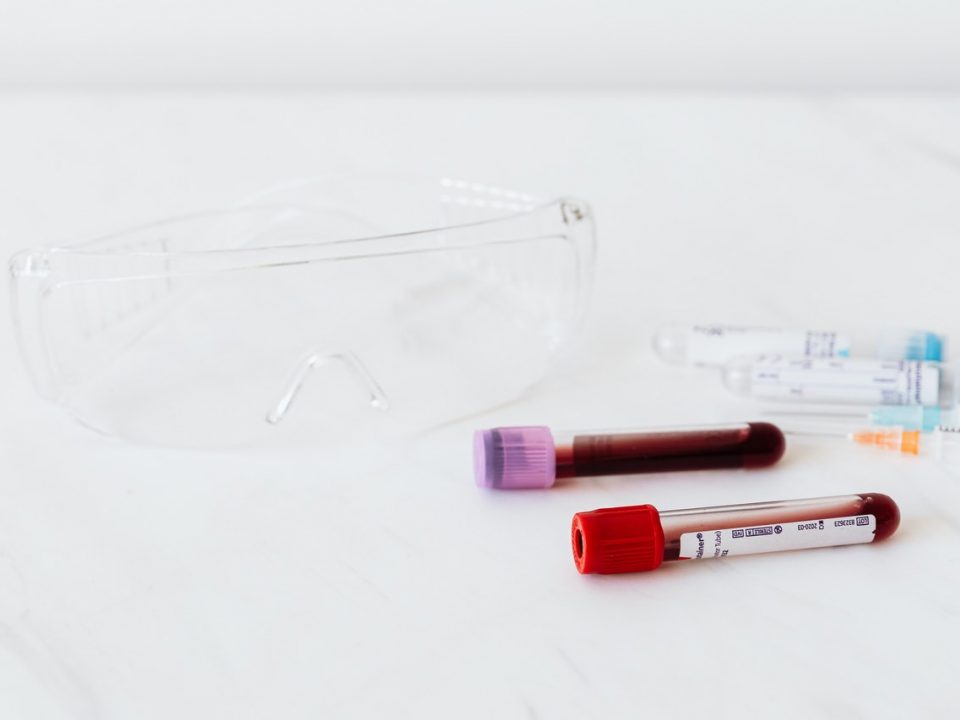Reality TV influences prospective patients
Fears over UK Guinea Pigs
Sometimes cosmetic surgery decisions are deeper than you might think. Extreme cosmetic surgery raises red flags and often reflects much deeper underlying problems. There is nothing in cosmetic surgery itself that should make it addictive however some patients are never happy with the results and continually feel the need to go under the knife.
Body dysmorphic disorder is one explanation for some of these cosmetic surgery addicts. Body dysmorphic disorder is thought to affect about 1% of people and is a psychiatric condition where the person feels that one or several body parts is seriously unattractive. Body dysmorphic disorder can affect people at any age however it normally starts in adolescence. It affects men and women equally.
In 2001, a study showed that around 30-40% of people suffering from the disorder sought surgical treatments. However, people going under the knife are not doing it for vanity it’s an obsessional problem that prevents the sufferer from objectively seeing a body part as it is. The person believes a body part is hideous or deformed and thinks that everyone else also sees this. The condition can be so severe that it totally disrupts their lives.
Most cosmetic surgeons can recognise the warning signs of people with body dysmorphic disorder. In particular, surgeons look for people who come in wanting one piece of cosmetic surgery, but who start to list all the body parts they feel could do with some attention. Most cosmetic surgeons will not operate on people who have the disorder and will try and get the patient to seek professional help instead without proper treatment, even with cosmetic surgery, the condition will continue.
At the end of the day, cosmetic surgery cannot fix everything it can just fix where the stitches are.





1 Comment
[…] studies have already shown that as many as 15% of patients who undergo cosmetic surgery have body dysmorphic disorder, a conditions where patients perceive minor physical flaws as huge flaws and can cause the patient […]